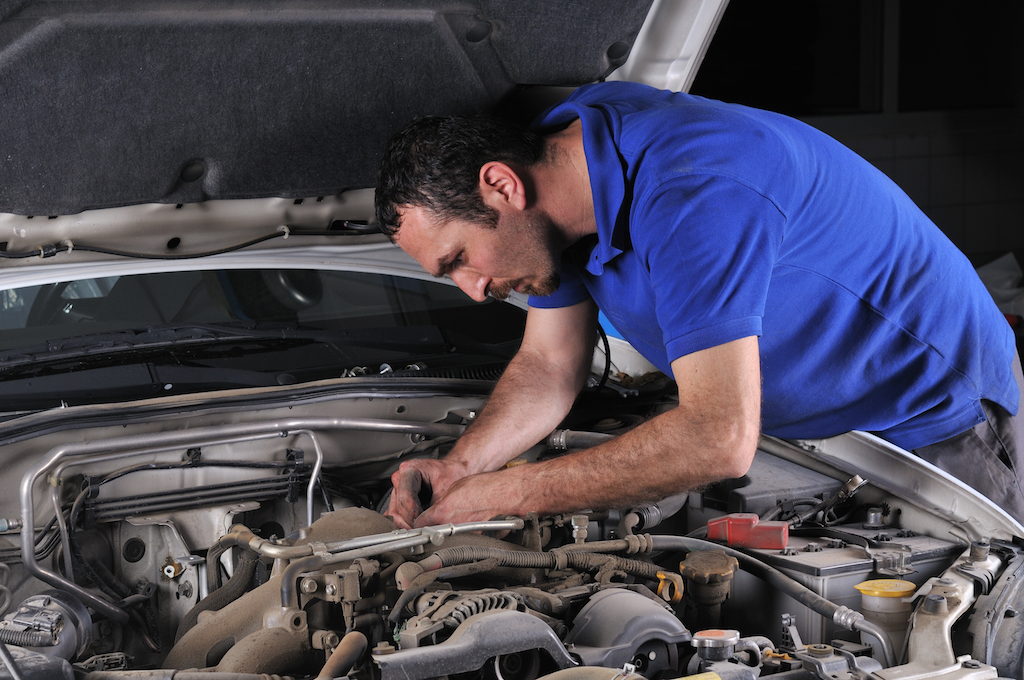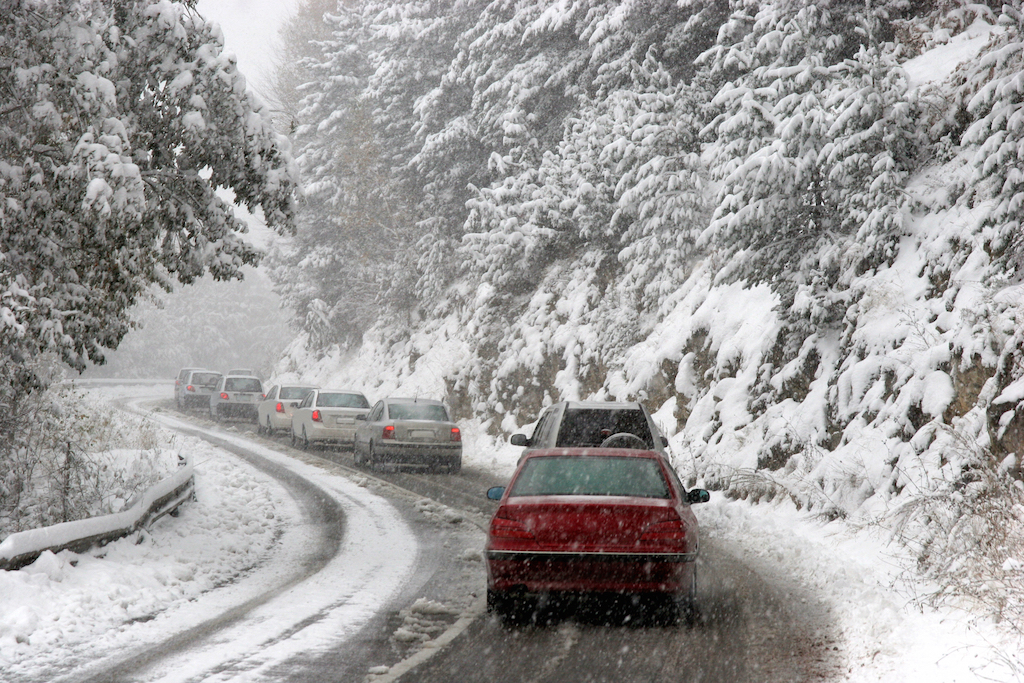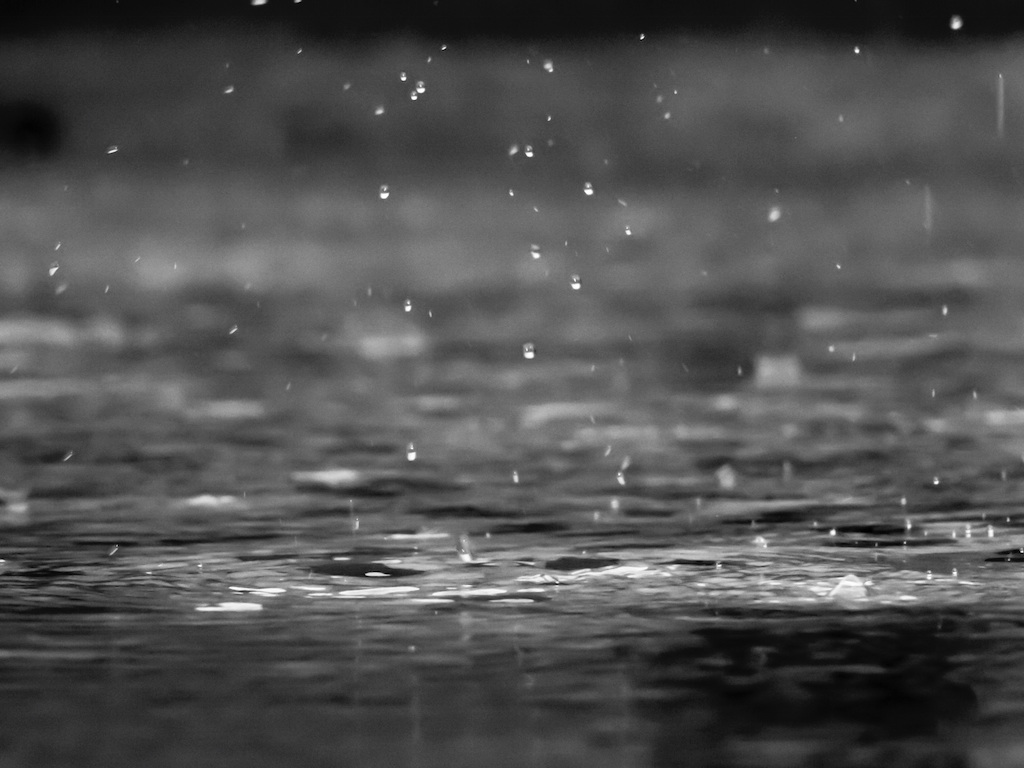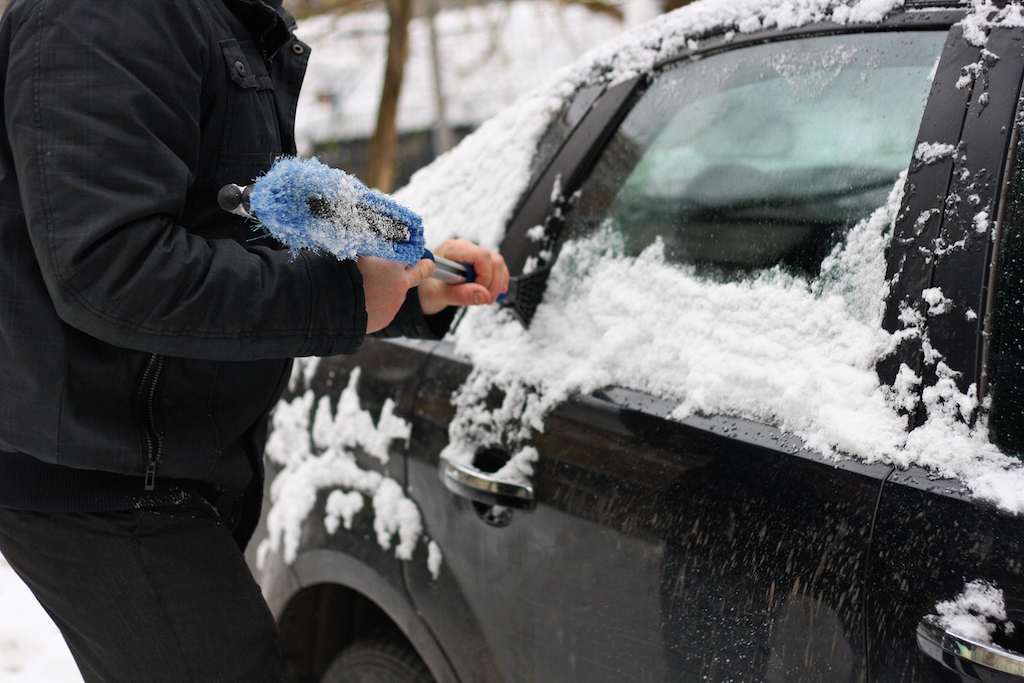To help get you and your car up to speed for winter driving, we’ve compiled a list of ways to prepare.
See your mechanic

The true cost of failing to maintain and repair your vehicle could exceed $8,000 over its lifetime, including—from missing regular oil changes—the cost to replace the engine. Having your mechanic thoroughly check your vehicle before the start of the cold-weather season can save you thousands of dollars in the long term or maybe even your life or livelihood and those of your family.
It is important that you have your mechanic check or replace the following things:
- brake wear and fluid levels
- fuel and air filters
- heater and window defrosters
- headlights and hazard lights
- thermostat
- windshield wipers
- winter or all-weather tires
- exhaust systems and muffler
- coolant/radiator system
Drive defensively
Proper car maintenance, however, does not replace strong defensive driving. For example, it is imperative that you not drive in areas that are or were recently flooded. Six inches of floodwater is enough to make a vehicle hydroplane and lose control, and areas where flooding has recently receded may have roads that were weakened and are no longer capable of supporting the weight of a loaded vehicle.
Some keys to defensive winter driving are:
- keep your gas tank full
- avoid fallen power lines, and if one’s down on your vehicle, staying in your car and waiting until emergency personnel can clear the hazard
- avoid potential roadside hazards, including overpasses, bridges, and low-hanging power lines
- pulling over your vehicle and stopping if it becomes difficult to maintain control. This includes both vehicle malfunctions, such as tire or engine explosions, and environmental hazards, such as black ice. You should apply the parking brake once completely stopped and turn on your hazard lights.
Prepare for snow storms and extreme cold

The United States’ Department of Homeland Security’s emergency preparedness website, Ready.gov, has the following tips to help you prepare for driving in winter storms:
- Ensure that your car is winter ready. In addition to the list of things to have your mechanic check, check the condition of the battery and ignition system, replace worn tires that have inadequate tread, and regularly check the air pressure in your tires. Also, keep the gas tank near full at all times during extreme cold to avoid ice build up on and in the fuel system.
- Carry what you may need to get yourself out of danger. Ready.gov recommends having cat litter or sand in your vehicle, in case it is needed to improve traction underneath your wheels, as well as a snow shovel. You should also carry extra blankets and clothes, in case you must wait for help to arrive, road flares, a first aid kit, and emergency food and water.
- Avoid unnecessary travel, and take the time to plan with your family about how to contact each other should an emergency happen, how to safely check-in when adverse-weather driving is needed.
Check in

If you must drive, travel by day. Let someone know where you are going and the route you will be taking. Check in regularly with this person during the trip. Keep to major roads, which are more likely to be plowed and patrolled. Following these steps will ensure that should you find yourself in trouble, help can be dispatched to you quickly and efficiently.
Additionally, being aware of NOAA Weather Radio broadcast alerts and warnings and/or emergency weather alerts before and while you are traveling in bad weather conditions can help you make the best decisions about how and when to be on the road.
Watch out for flooding

It is critically important never to attempt to ford any standing water. First, it is difficult to tell exactly how deep the water is from a quick inspection. It takes only 12 to 24 inches of water to float a small car and 24 to 36 inches to float the largest of SUVs. Second, it would be impossible to know what the condition of the underlying road would be or if it is capable of supporting the weight of your car. Finally, hidden impediments, such as loose pavement and broken branches, may be hiding out of sight underneath the water’s surface.
Escaping the car
So, what if you’re sinking in deep water? According to HowCast, first, don’t panic. Unbuckle your seat belt and, with a sharp tool or a window-breaking hammer, shatter your door window. Climb out of the window and swim away from the sinking car toward safety. If you cannot escape through the window, wait until the car fills completely with water. Take a deep breath when the water level reaches your chin, open the door—the pressure inside the cabin should be equal to the pressure outside the car once the car is full of water, allowing for the door to open easily— and swim to the surface. If disoriented, follow the direction of the bubbles.
Have the right tools

Every car should carry a disaster supplies kit. Having a well-stocked and maintained kit can make the difference between life and death if you’re stranded in a snowstorm. This kit should have:
- jumper cables;
- first aid kit that has the required supplies and medications for the members of your family, such as formula and diapers for infants, insulin for diabetics, etc.;
- minimum of one gallon of water per person for at least three days;
- radio, battery-powered or hand-cranked, with fresh batteries;
- non-perishable foods, such as canned food and energy bars;
- manual can opener;
- scissors and/or a camping knife;
- flashlight with extra batteries;
- basic toolkit, with a wrench, pliers, and screwdriver at minimum;
- snow shovel;
- ice scrapers;
- warm winter clothes and an extra change of clothing per person;
- blankets or sleeping bags;
- sand or cat litter;
- garbage bags and moist towelettes;
- maps of the driving area;
- charged cell phones with spare batteries and an in-car or solar charger; and
- car-mounted cameras, such as backup cameras, to help in both avoiding hazards while driving and in documenting collisions.
Manage resources wisely
Maximizing your disaster kit’s effectiveness and increasing your survival odds does require wise management of resources. For example, it is important to be aware of your batteries’ charge and use your electrical power in a balanced manner.
There must be a balanced approach to your heat, communication, and lighting needs. If stuck in a remote area, create block letters spelling “HELP” or “SOS” in an open area using rocks, branches, or by stomping out the letters’ shapes. Keep your car’s dome light on at night so that it is easier for rescuers to find your vehicle. Finally, consider moving to safety on foot only after you are assured that it is safe to travel outside your vehicle.
Be ready for the worst
While following the above safe driving tips will minimize your odds of getting involved in a winter road accident, there’s still the possibility of the worst happening. Staying calm and having a plan can help improve the chances that you and your passengers will survive.
Signal for help
Should you find yourself trapped in your car during a blizzard, it is recommended that you pull off the highway or pull to the shoulder of the road. Make sure that you have indicated that you have stopped by turning on your hazard lights or hanging a distress flag from your car. You can also signal the presence of your vehicle with a brightly-colored t-shirt draped from the car’s window.
Stay in your car
One of the biggest questions people can face is whether to stay in the car after getting stranded or get help. Typically, it is best to stay in the car if rescue is likely, such as being stranded on a major highway. Also, if you need the car to shield yourself from exposure, if you do not have the proper clothing to be out in the cold, you do not have any means to signal for help, or you do not have a nearby safe location to travel to, it is wise to stay in the car.
However, if there is a safe location nearby where you can call for help, if the outside conditions are permissive and you are dressed for the cold, going for help may be an acceptable risk. Regardless of what choice you make, keep a radio or cell phone close by and listen for instructions from the agency in charge of the rescue effort on how best to get home or get help, if needed.
While camped in your car, preserve fuel by cycling your car off and on, running the engine for ten minutes to build up the heat in the cabin before turning it off. Slightly open a downwind window when doing this; it is possible a snowdrift has covered your tailpipe, leading to the possibility of carbon monoxide buildup. Cover up with blankets, extra clothes, maps, floor mats, or anything else that you can wrap around your body. Stay in motion in order to build up body heat, but try to avoid sweating. If needed, huddle up with the other passengers in the car for warmth.
Take shifts
Finally, take care of your bodily needs. Sleep in shifts if possible so that someone is always awake to look out for possible rescuers. Eat and drink regularly, but avoid stimulants such as alcohol and caffeine.
Road ready
If you keep these tips in mind, you and your family should be able to enjoy your winter knowing that you are prepared for the worst conditions the roads can throw at you.







